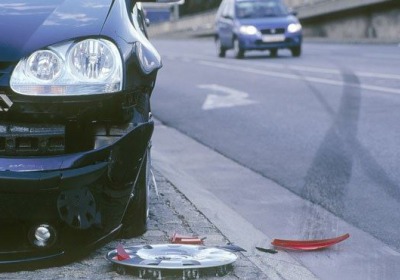Increase in crashes linked to mobile phone use
Tue, 03 Jun 2014As many of us admit to taking selfies at the wheel, researchers have noticed a rise in the number of rear-end shunts on UK roads – despite many manufacturers now offering cars with collision avoidance systems that can brake automatically.
According to new research by Accident Exchange, crashes involving one car hitting the back of another have increased by 7% in the last three years.
Rated: self-braking cars that avoid a crash
Nearly 1 in 10 admit to taking selfies at the wheel
With each rear-end smash costing insurers £2,000 on average, premiums could rocket until driverless cars hit our streets.
Liz Fisher, Director of Sales Development at Accident Exchange:
“There’s no obvious explanation because the nation’s roads are full of safer, more advanced vehicles which, in some cases, are supposed to help a driver to avoid collisions.
“However, it could be argued that increased connectivity in cars means the modern driver has more distractions while at the wheel from other technology, like mobile phones or MP3 players.”
Typically, the Highway Code states that if a driver crashes into the back of another car, they are at fault. There are exceptions, however, such as if the other car slows down suddenly for no reason.
Rated: self-braking cars that avoid a crash
Self-driving Tesla could hit roads within three years
Bogus insurance claims increase by a third
Nearly 1 in 10 admit to taking selfies at the wheel
1 in 3 use mobile phone behind the wheel
By motoringresearch.com



